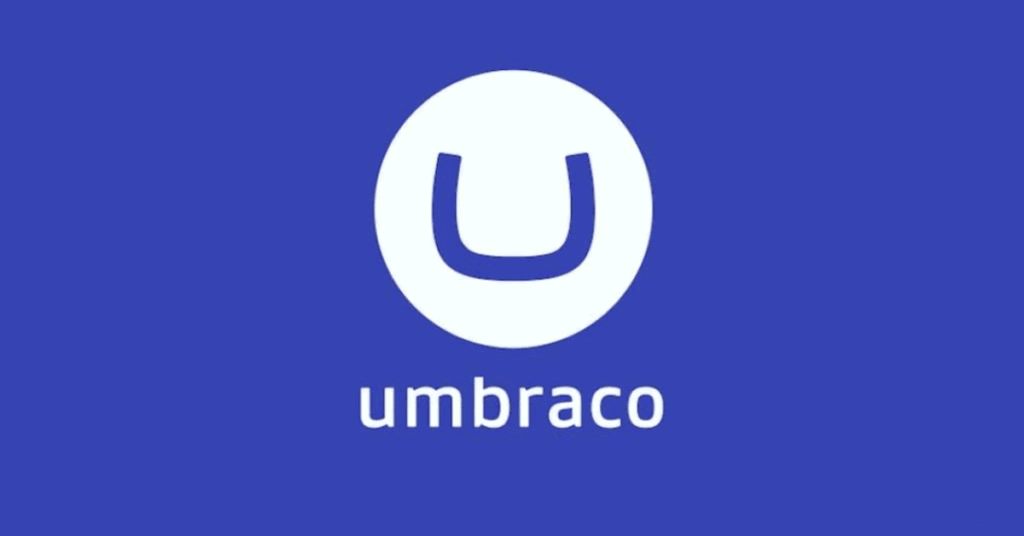Now Reading: Exploring Umbraco Headless Capabilities for Omnichannel Delivery
-
01
Exploring Umbraco Headless Capabilities for Omnichannel Delivery
Exploring Umbraco Headless Capabilities for Omnichannel Delivery

Businesses and organizations must deliver content consistently across websites, mobile apps, smart devices, voice assistants and more. That means a modern content management platform must support accurate omnichannel delivery. This is where Umbraco CMS development shines, primarily through its headless and hybrid options. In this article, we will explore how Umbraco’s headless capabilities make it a strong choice for omnichannel strategies, what to look out for, and how organizations can take full advantage.
What does headless and omnichannel really mean?
When you hear headless CMS, you might recall a backend system that doesn’t care about the head or front-end presentation layer, simply storing content and exposing it via APIs for any headless website, app, IoT device, etc. Meanwhile, omnichannel delivery refers to the capability to deliver consistent content and a uniform experience across all communication channels rather than building separate content silos for each channel
In the context of Umbraco, headless means you can use that same editorial platform and content repository but then deliver via APIs to multiple channels. Omnichannel means you treat each outward channel like mobile, web, and signage as a head consuming that content. So, your Umbraco CMS development strategy can be unified, rather than fragmented.
How Umbraco Has Evolved to Support Headless
It started as a traditional .NET CMS with page templates, back-office editing, etc. But in recent versions, it has moved firmly into headless territory. Recently, Umbraco introduced the Content Delivery API built in, meaning headless capabilities are no longer an add-on but part of the core.
Why Umbraco’s headless features matter for omnichannel delivery
One content repository, many channels
Because the content lives in one system, you avoid duplication and version problems across channels. With Umbraco’s headless APIs, you can deliver content to web, app, kiosk, voice, and other platforms from the same backend. This is the essence of unified omnichannel architecture.
Flexible front-ends
Your front-end developers are free to choose whatever “frameworks or technologies” they prefer, including React, Angular, Next.js, Blazer, etc., because the CMS is decoupled.
Performance & global delivery
Umbraco Heartcare comes with a built-in CDN (Cloud flare) for global delivery of content, which supports low latency for users worldwide, critical for omnichannel performance.
Editorial experience stays strong
One of the challenges with headless systems is that editors lose out on the familiar back-office experience. But with Umbraco’s solutions, you still get a polished editing interface while delivering headless output, bridging content teams and development teams.
Scalable integration and microservices-ready
For an organization building digital ecosystems (e-commerce, IoT, PWA), Umbraco’s headless API model can slot into microservices, integrate with other systems, and serve as a Content-as-a-Service (Camas) platform.
Key considerations
When you are planning a project around Umbraco cms development with headless and omnichannel goals, here are some key aspects to consider.
1. Channels
By discerning all the principal platforms where content is required: website, mobile application, intelligent display systems, kiosks, voice assistants and potentially AR/VR interfaces.
2. Performance and API architecture
One of the most significant considerations that utilize Umbraco’s Delivery API or Heartcare’s Graph based on your situation. However, ensure you incorporate caching, CDN and edge delivery for optimal performance with omnichannel since delay is crucial.
3. Content Crafting
When it comes to the content crafting capabilities, It is required to craft your content types to facilitate reuse across various channels. Consider atomic content components instead of templates specific to pages.
4. Integration Capabilities
The most important for user and the developers an omnichannel capabilities often means integration with multiple system like commerce, CRM, analytics, IoT platforms, etc. Ensure that your Umbraco instance is architected to integrate with external APIs and data sources.
5. Preview & editorial workflow
To enable content teams to feel powerful, make sure your editors can view content across channels before it goes live. It ’s platform supports familiar back-office editing; as a service provider, you should enable previews, version control and governance.
6. Approach
Certain ventures might benefit more from a hybrid approach instead of starting entirely headless from the beginning.
Choosing an experienced partner in Umbraco CMS development
For enterprises seeking to deploy such a comprehensive omnichannel approach, collaborating with a proficient ally is crucial.
Scalability & future-proofing – You want an architecture that allows you to add new channels later without rebuilding content. With Umbraco’s headless capabilities, that is feasible.
Faster time-to-market – Because Umbraco12 includes headless APIs out of the box, development time can be reduced compared to starting from scratch.
The post Exploring Umbraco Headless Capabilities for Omnichannel Delivery first appeared on Infoforeks.
Original Post https://www.infoforeks.com/exploring-umbraco-headless-capabilities-for-omnichannel-delivery/














